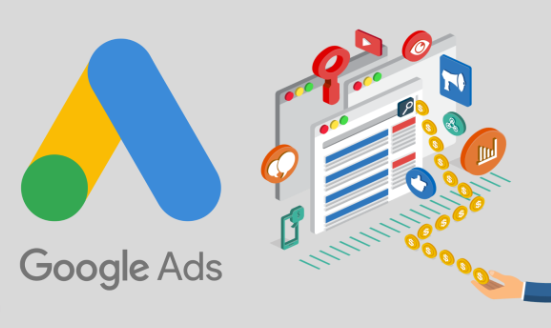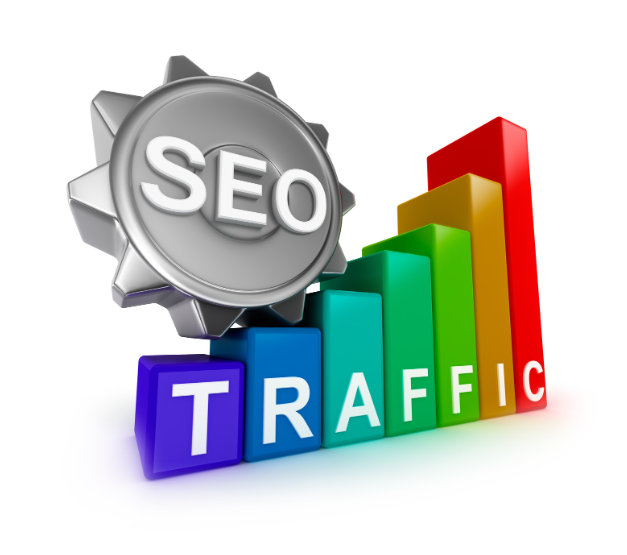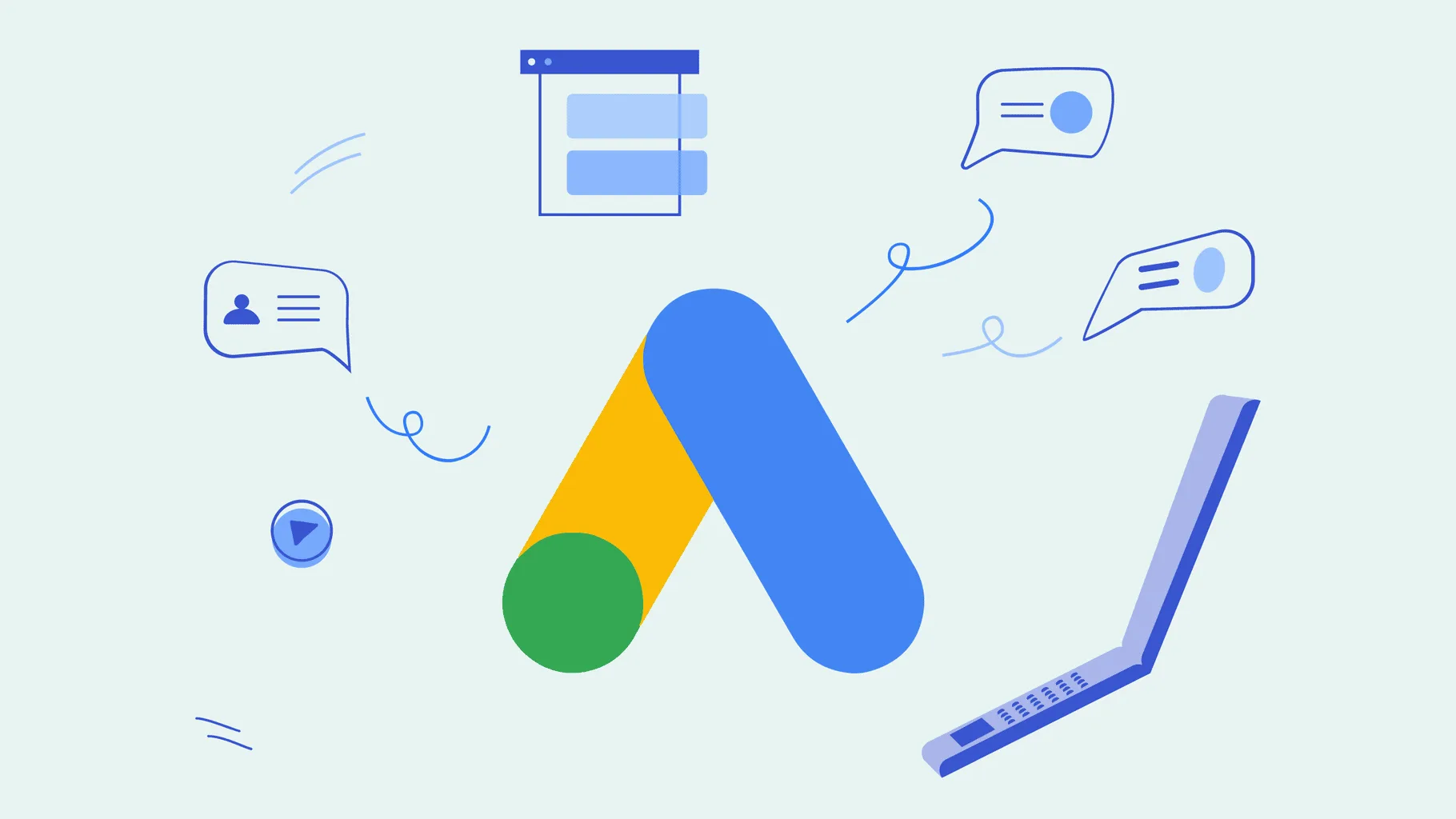Google Search Ads are a cornerstone of digital marketing strategies, offering businesses a powerful tool to reach potential customers actively searching for products or services. However, simply launching ads isn’t enough; optimizing their performance is crucial for achieving desired results. One highly effective optimization technique is ad scheduling, also known as dayparting, which involves strategically timing when your ads are displayed to target audiences. In this comprehensive guide, we’ll delve into the intricacies of ad scheduling and how it can significantly boost the performance of your Google Search Ads campaigns.
Understanding Ad Scheduling
Ad scheduling, in essence, allows advertisers to specify certain days and times when their ads should be shown or paused. This feature is particularly valuable because it enables businesses to align their ad exposure with the times when their target audience is most active or likely to convert. Within Google Ads, ad scheduling can be accessed through the campaign settings, giving advertisers granular control over when their ads are displayed.
Factors to Consider Before Implementing Ad Scheduling
Before diving into ad scheduling, it’s essential to conduct thorough research and analysis to inform your decisions effectively. Understanding your target audience’s behavior patterns, analyzing historical data, and identifying peak times for conversions are crucial steps in this process. By gaining insights into when your audience is most receptive to your ads, you can tailor your ad scheduling strategy for maximum impact.
Step-by-Step Guide to Implementing Ad Scheduling
Implementing ad scheduling in your Google Ads campaigns is a straightforward process. Begin by navigating to the campaign settings, where you’ll find the ad scheduling options. From there, you can specify the days and times when you want your ads to run or be paused. It’s essential to consider your target audience’s time zone and schedule your ads accordingly to ensure maximum visibility and engagement.
Best Practices for Effective Ad Scheduling
Effective ad scheduling goes beyond simply setting specific times for your ads to run. It requires ongoing monitoring and optimization to ensure optimal performance. Testing different ad schedules, monitoring performance metrics regularly, and making data-driven adjustments are key best practices for maximizing the effectiveness of your ad scheduling strategy.
Successful Implementation of Ad Scheduling
To illustrate the effectiveness of ad scheduling in action, let’s explore two real-world case studies. In the first case study, an e-commerce company successfully boosts sales by targeting peak shopping hours with strategic ad scheduling. In the second case study, a service-based business increases leads by strategically timing their ads to coincide with peak demand hours.
Common Mistakes to Avoid
While ad scheduling can be a powerful tool for optimizing ad performance, there are common pitfalls that advertisers should be mindful of. Neglecting to analyze performance data, overlooking seasonality and holidays, and setting ad schedules too rigidly are among the most common mistakes to avoid.
Advanced Strategies for Ad Scheduling
For advertisers looking to take their ad scheduling strategies to the next level, there are several advanced techniques worth exploring. Dayparting for granular control, implementing bid adjustments based on device and location, and integrating ad scheduling with other optimization techniques are just a few examples of advanced strategies that can further enhance ad performance.
Future Trends and Innovations in Ad Scheduling
Looking ahead, the future of ad scheduling holds exciting possibilities. Predictive analytics for smarter scheduling decisions, automation and machine learning advancements, and personalized ad scheduling based on user behavior are among the emerging trends and innovations that advertisers can expect to see in the coming years.
Takeaway
Ad scheduling is a powerful tool for maximizing the performance of your Google Search Ads campaigns. By strategically timing when your ads are displayed, you can ensure maximum visibility and engagement with your target audience. By following the best practices outlined in this guide and continuously monitoring and optimizing your ad scheduling strategy, you can achieve significant improvements in your ad performance and drive better results for your business.
In a nutshell, Google Search Ads are the driving force behind online visibility. Secure your spot at the top with Web Boost Online, the unrivaled expert in maximizing your online potential.











